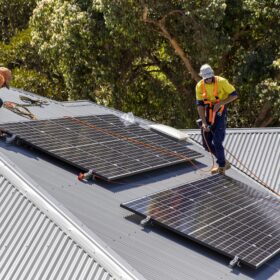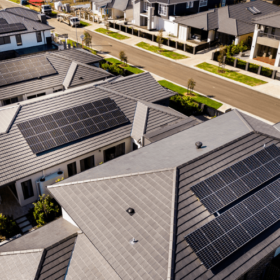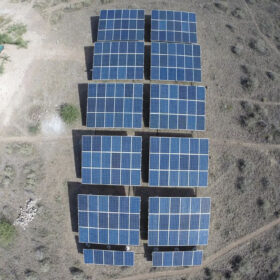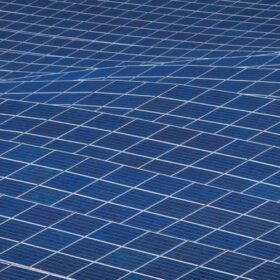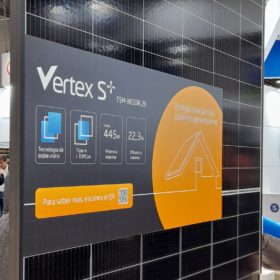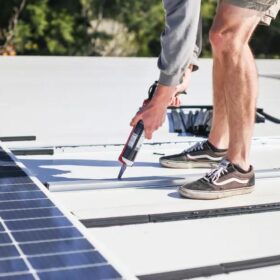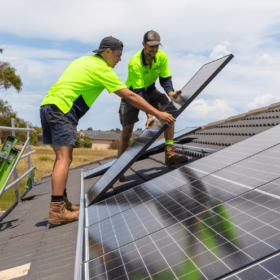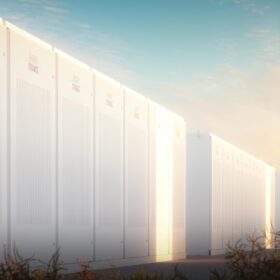Switch to all electric tipped to save households $4,320 a year
Australian households that make the shift to all-electric energy-efficient appliances, combined with solar panels, battery storage and electric vehicles, could save $3,500 a year by 2030 and $4,320 by 2050 compared with a fossil-fuelled household that relies on gas appliances and petrol or diesel vehicles.
Rooftop solar system average size climbs above 9 kW
The average size of rooftop solar systems installed in Australia has climbed to a new high with data analysis from the Australian Energy Council showing the typical unit size is now averaging more than 9 kW.
End-of-life PV panels used as building material
Scientists in India have proposed using solar modules at the end of their lifecycle as a building material for low-cost small housing units. With solar module recycling currently not viable economically, the researchers said their approach makes conventional solar panels into BIPV products without any modifications.
Weekend read: Building to last in the global south
Paul Wormser, vice president for technology at Clean Energy Associates, says PV initiatives should be designed to last, as several well-meaning off-grid solar projects for the developing world have floundered over the years.
WoodMac predicts 270 GW of new global PV capacity in 2023
Wood Mackenzie expects 270 GW of new global PV capacity in 2023, up 33% year on year. However, the annual growth rate is anticipated to fall to 1% in 2024 and to increase again by 5% in 2025.
Trina Solar gets all-clear from Clean Energy Regulator
Trina Solar has been given a green light by Australia’s Clean Energy Regulator, more than three years after finding the company had made a solar panel certification mistake which raised questions over manufacturing standards.
DAS Solar establishes Australian subsidiary
Chinese module manufacturer DAS Solar has launched an Australian subsidiary, an investment the company says reflects its confidence in the region’s solar market.
Lightweight solar panel provides solution for rooftop install
Queensland installer UV Solar has for the first time rolled out a new frameless solar panel that manufacturer GoodWe says is 60% lighter than conventional modules, making it ideal for rooftops that are unable to support traditional PV and racking.
Victoria pushes switch from gas to all electric
The Victorian government has announced a new $10 million (USD 6.7 million) grants program to provide bulk rebates for the installation of solar panels, solar hot water systems and heat pumps as part of plans for all new homes in the state to be 100% electric from 2024.
Redarc unveils 150 Ah lithium battery
The Alpha 150 battery, produced in the Netherlands by Adelaide-headquarted electronics manufacturer Redarc, has a lifespan of more than 5,000 cycles and a continuous discharge rating of 200 A.
